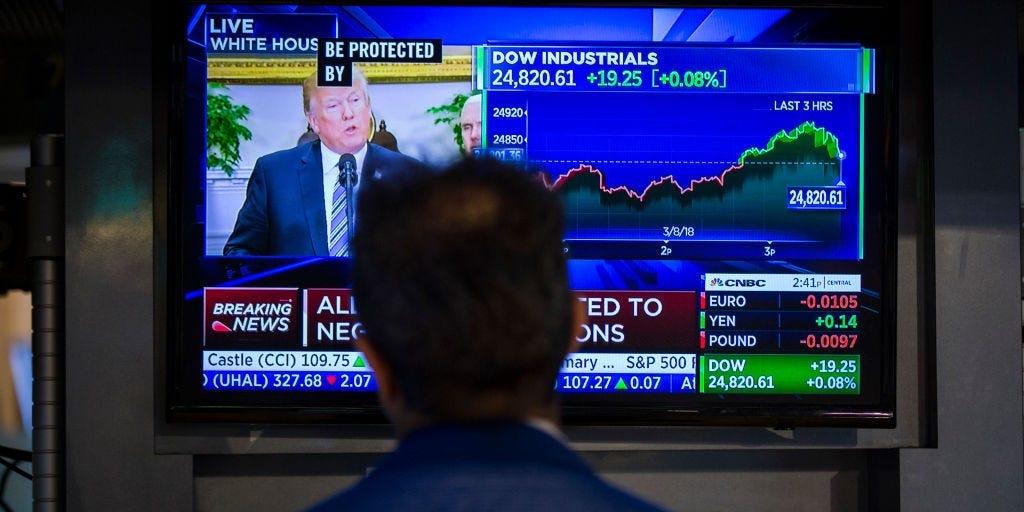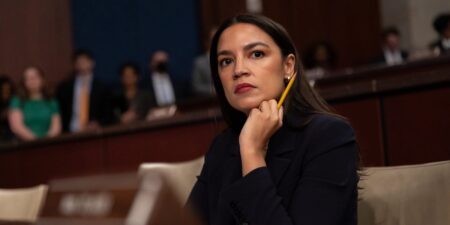Most years, the whole of multistrategy hedge funds is greater than the sum of their parts.
Thanks to a web of uncorrelated trading teams, leverage, and tight risk management, these firms can generate strong returns in times of distress — as demonstrated by the 2022 performance of firms like Ken Griffin’s Citadel — while also making money when markets are steady.
This year, though, is unlike most years. Choppy conditions, thanks to an unsteady global economy and sky-high capital expenditures from the biggest tech companies on artificial intelligence bets, have warped global markets, causing multi-strategy firms’ flagship funds to trail more concentrated alternatives.
Across the industry, firms’ narrower mandates are seeing stronger returns.
At Griffin’s $69 billion Citadel, the firm’s tactical trading fund — which taps the firm’s fundamental equities and quant units — is up 10.4% through September, a person close to the Miami-based manager said. That figure is more than double the 5% its flagship Wellington fund has generated this year.
Steve Cohen’s Turion fund, which started trading roughly 12 months ago with $1 billion and focuses on AI stocks, is up more than 18% through September, a person close to the manager said. Point72’s flagship fund, meanwhile, is up less than 10% through the same stretch.
At $15.8 billion fund Schonfeld, its fundamental equities-only strategy is up 10% for the year, beating the 7.1% return of its flagship fund.
London-based LMR is up more than 25% in its convertibles and capital structure arbitrage fund through September, thanks in part to a 5.2% gain last month, a person close to the manager said. The manager’s multistrategy offering is up 7.3% through the same time period.
Sometimes, a strong year of trading can be tempered by not being aggressive enough. Ari Glass’s Boothbay has made 13% in the firm’s flagship fund through September, besting larger rivals like Millennium. However, the firm’s more high-octane version of the strategy, the diversified alpha fund, is up nearly 18%, and a person close to the manager said it could eventually surpass the $2.1 billion flagship in assets soon.
The managers declined to comment.
Multistrategy hedge fund criticism
When the S&P 500 is churning out positive returns every month, the high fees associated with the largest hedge funds come into question from industry observers on sites like X, LinkedIn, and Reddit.
The latest reporting on these funds’ performance figures, which mostly sit in the high single digits and trail the index, has set off a round of criticism.
“Hedge fund analysts be like ‘BRO bro, do you even know how HFs work? They’re not benchmarking to the S&P bro. These returns are uncorrelated and steady. The 2/20 structure is merited man smh. Trust me, they’ll make money when the market tanks,” wrote popular finance influencer account Litquidity on X.
Funds would argue that they are not meant to outperform an equity index but instead add diversification to an institution’s portfolio. The biggest in the industry, despite their high fees, continue to be in high demand, and many have closed to new cash or returned capital to investors.
“They essentially compete with each other,” said one allocator in several big-name multistrategy managers.
“As long as the net return is OK,” — say above the risk-free rate of Treasury bonds — “you stay,” this person said.
Still, diversification can cut both ways. A multistrategy fund means exposure to multiple strategies — even if some of those strategies are in a rut.
Quant strategies had a summer from hell, thanks to weeks of steady losses. Commodities have been volatile thanks to conflicts in the Middle East and Ukraine; the average commodity hedge fund returned less than 3% through August, according to industry data tracker PivotalPath.
Read the full article here
















